Configure Now
Items in Your Cart0
0Items in Your Cart
Start building your packageShop Now
The Matanuska-Susitna Borough Water Rescue Team, covering a massive 25,000-square-mile area in Alaska, has significantly improved its search and rescue (SAR) operations by integrating remotely operated vehicles (ROVs) into its workflow. With near-zero visibility in local lakes and extreme water temperatures, traditional dive operations were time-consuming, risky, and resource-heavy. The addition of an ROV equipped with sonar has transformed their approach, offering increased safety, reduced operational costs, and dramatically faster recoveries.
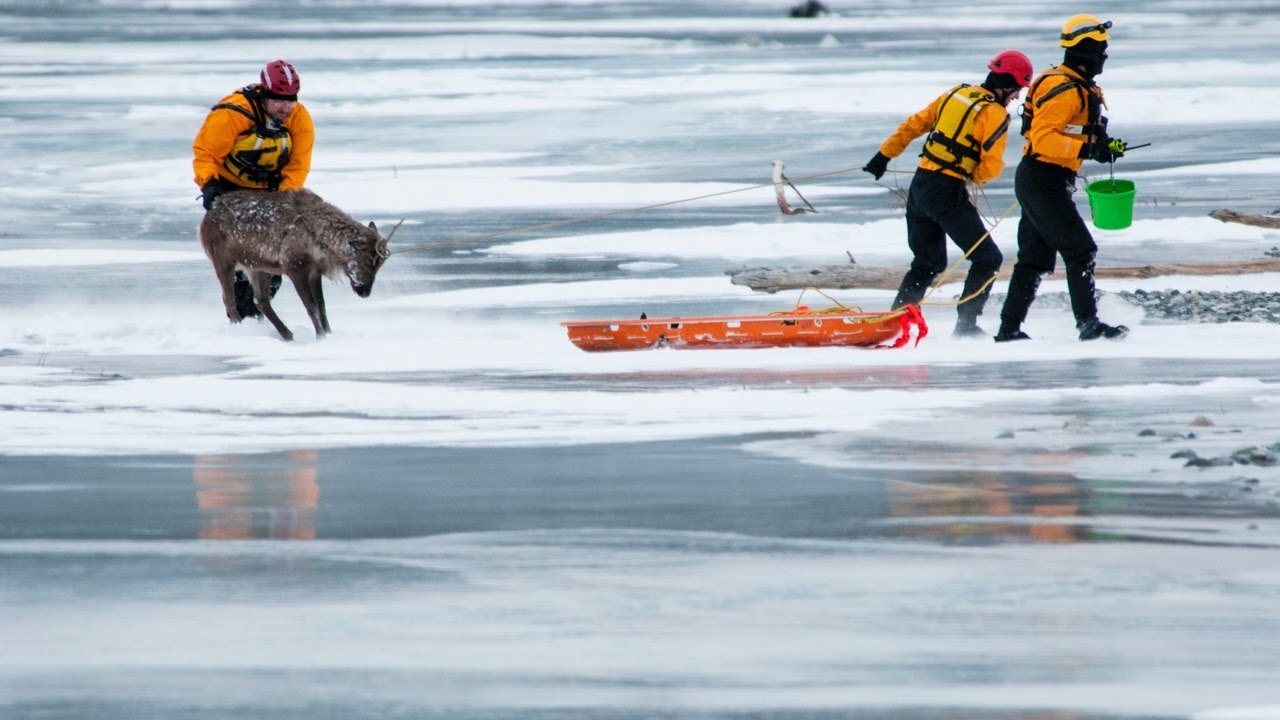
"Our coverage area is about twenty-five thousand square miles. It's about the size of West Virginia," said Caleb Avritt, Deputy Chief of the Mat-Su Borough Water Rescue Team. The team, based roughly 40 miles north of Anchorage, specializes in dive rescue, swiftwater, technical rope, and ice rescue. "We’re about twenty-five people or so on our team, all specializing in different areas. We have about 10 divers on our team."
In such an expansive and rugged environment, the challenges for water-based SAR operations are substantial. Visibility in lakes is often “nearly zero,” making traditional dive operations both risky and inefficient.
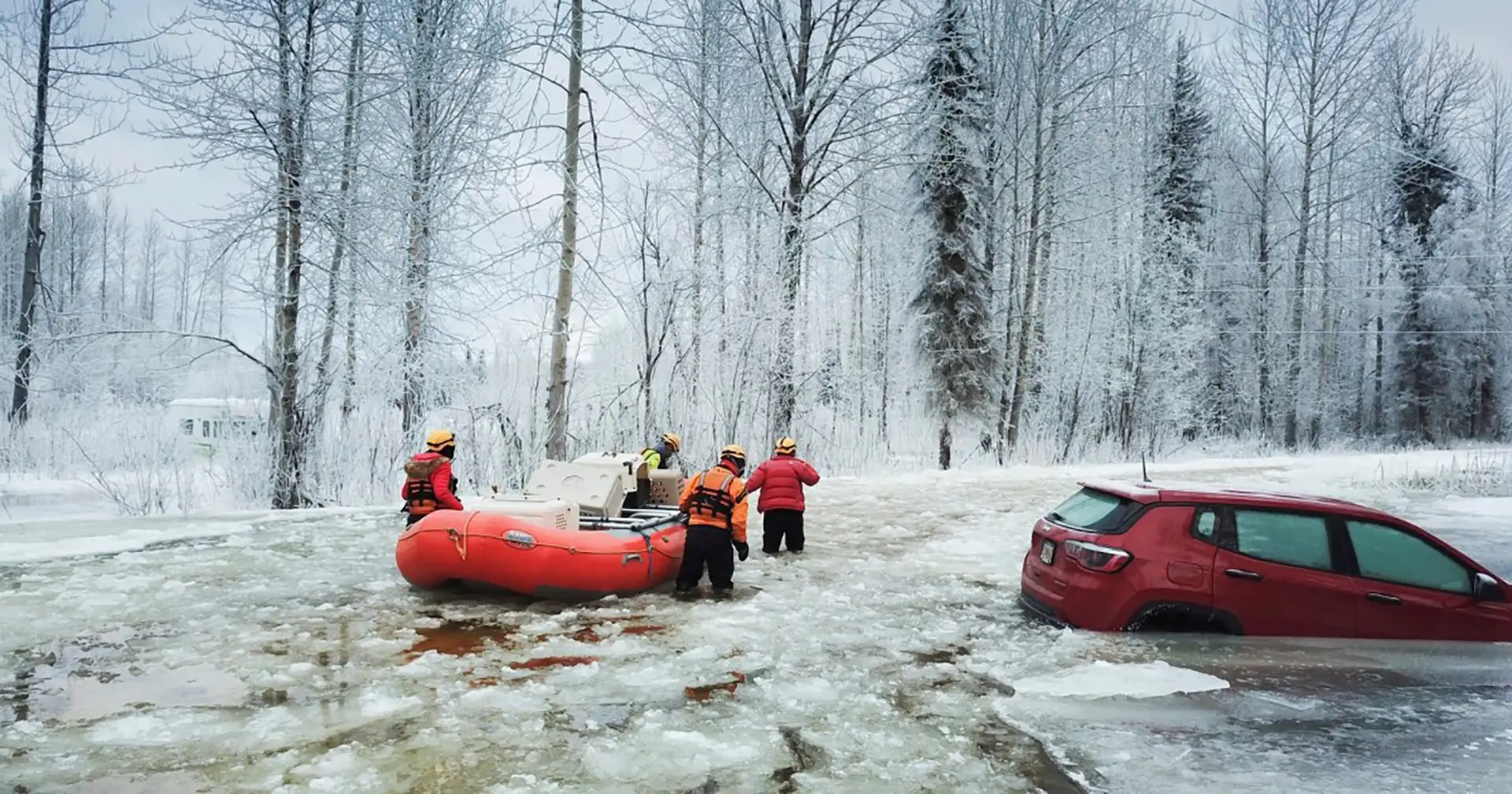
The Mat-Su team integrated their Deep Trekker ROV approximately four years ago, primarily for evidence and body recovery missions. Avritt explained that before adopting the ROV, divers would work blind, crawling along the lakebed in search of victims or objects. "We would go based on the last seen location of the victim... and the diver would essentially be feeling the bottom of the lake - usually blind or near blind - until they came across whatever it was."
ROV integration has completely changed this method: “Now with the ROV, we can deploy that quickly before we send any divers into the water and we can do a sonar scan of likely areas..."
"If we see something of interest, we can send a diver to an exact location instead of them just fumbling around in the mud.”

In a typical SAR deployment, the Mat-Su team uses the ROV as a first-step reconnaissance tool. The process begins with launching the ROV from a boat or shoreline to conduct an initial site scan. Operators use sonar to map the area and identify any objects of interest. These scans allow teams to assess the underwater environment without risking diver exposure.
Once a potential target is identified via sonar, divers can be deployed to a precise location, reducing bottom time and increasing mission safety. The ROV’s maneuverability allows it to cover wide areas and work effectively in both shallow lakes and deeper sections of the water column. Depth constraints are rarely a limiting factor in the Mat-Su Borough’s lakes, but the ROV’s depth rating ensures it can reach depths beyond those accessible to divers if needed.
This shift from blind diver sweeps to sonar-guided missions has drastically improved operational speed and accuracy.
Discussing the features of the ROV that have been most valuable to the team and missions, Avritt explained, "For us, the sonar by far has been the number one change in how we use the ROV.”
“The primary use is for evidence recovery and body recovery. The lakes that we’re in, visibility is nearly zero most of the time when you send divers in. So the sonar has allowed us to be able to look down and be able to find the targets very quickly and that has been a big help.”

In the turbid lakes of Alaska, optical cameras can be virtually useless. The ROV’s sonar system allows the team to scan large areas with precision and locate targets otherwise invisible to divers. This capability drastically reduces the number of required dive hours, lowers risk, and increases the chances of a successful and timely recovery.
Learn more about what sonar is and its many uses. Read about its applications, technologies, principles, and more.
Each diver deployment involves multiple personnel and resources. “If you’re in a diving world, you have to have two divers and then another 90% diver and tenders with all of those. So you're looking at a team of maybe seven people,” said Avritt.
“It only takes two guys to manage the ROV. One guy operating a boat and one guy operating the ROV.”
These changes significantly reduce the logistical burden and associated costs of SAR missions.
“Every hour we have the ROV in the water versus a diver is a huge net positive for us,” he noted. “It saves on manpower and safety... It has paid for itself in that regard every time it goes down.”
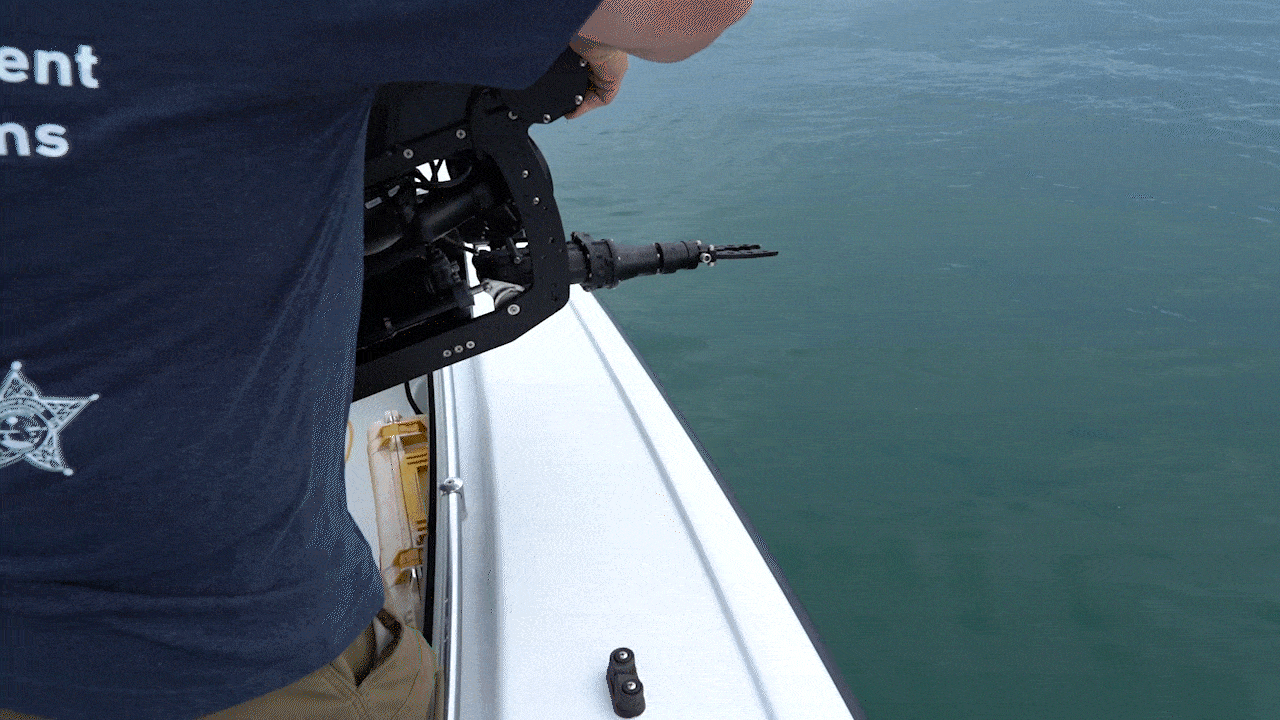
Water temperatures in the Mat-Su Borough can be dangerously low. Any diver entry poses inherent risks. “Any time we send a diver down into the water, it’s a safety hazard,” said Avritt. Using the ROV as a first line of reconnaissance allows teams to delay or avoid sending human divers unless absolutely necessary.
This shift has a measurable impact. The ROV doesn’t just assist - it directly reduces diver exposure to dangerous conditions. In environments where every second matters and safety is key, this is a significant advancement.
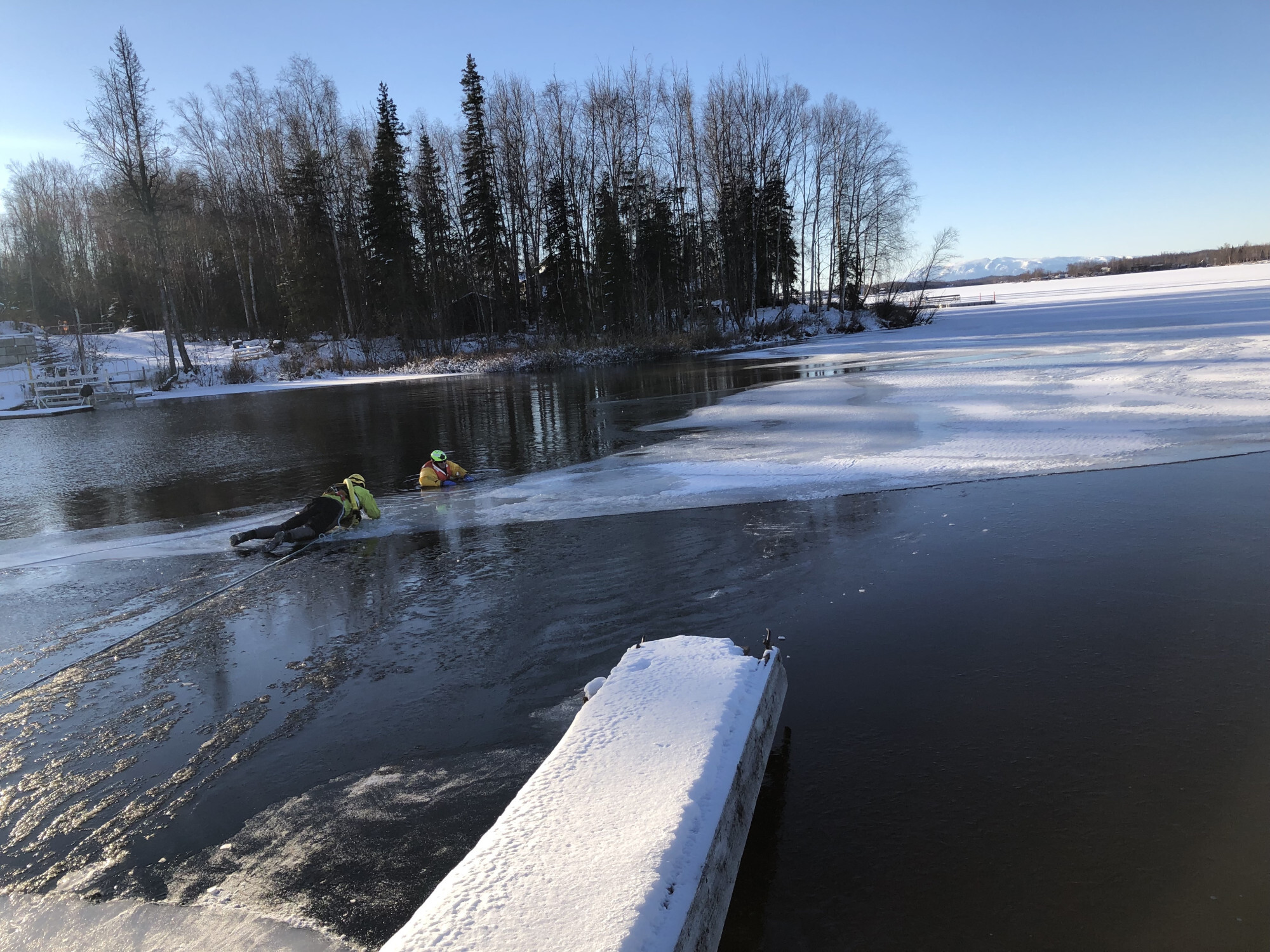
"The coldest I've personally deployed the ROV was with an ambient air temperature around 15°F, with 10 mph winds - it was pretty cold,” explains Avritt. “In the water, the ROV performs really well. The bigger concern is when it's out of the water. We've noticed that if the ROV and the controller are both cold and powered off, and you try to turn them on, sometimes there’s a connectivity issue between the two. It throws an error code. That said, once we get it in the water and restart the system, it works fine.
We've never had any actual performance issues in cold water - it’s always around 34°F here, and the ROV handles it without a problem. You do have to watch out for icing once it comes out of the water. If it ices over, you need to thaw it out before the next use. But that's just the weather and part of working in Alaska - you can’t beat mother nature on that one."
Use ROVs to improve the locating, identification and retrieval of your target
The Mat-Su team relies heavily on several core technical features of their ROV that support mission success in low-visibility, cold-water environments:
Together, these specifications allow the Mat-Su team to search confidently in turbid, confined, and complex environments where other tools would struggle.
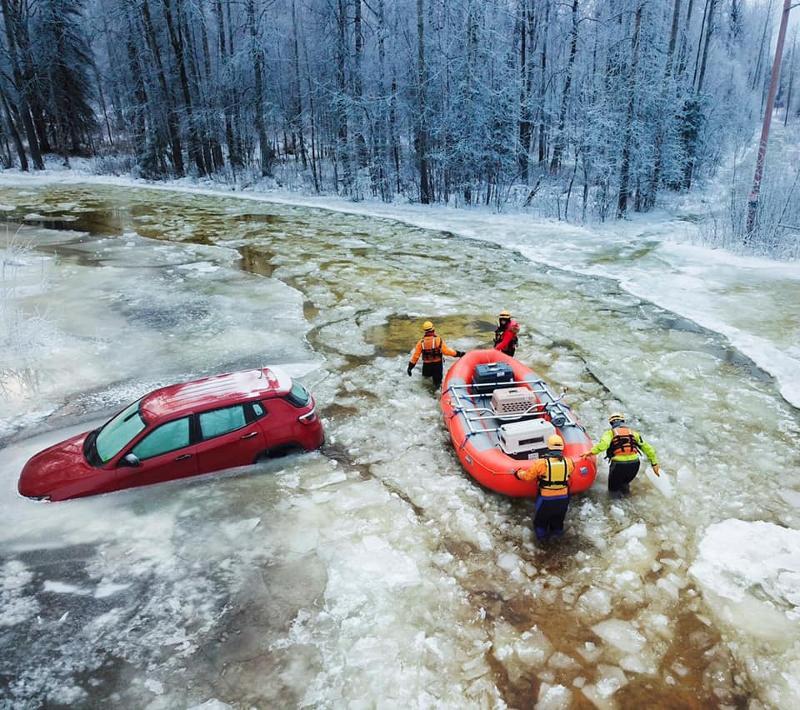
While specific mission times vary, the benefits of using the ROV are clear. “We would spend multiple days with countless air bottles and divers... trying to find something small in the mud,” Avritt explained of pre-ROV procedures. “The sonar just makes everything - I couldn’t put it on paper - how much quicker the sonar is versus just feeling through the mud.”
The rapid deployment and intuitive operation also add to the tool’s value. “We didn’t need a submarine, you know - we just needed something that was quick to deploy and simple to use. What we found with the Deep Trekker ROV... it’s pretty intuitive in its operations. It doesn’t take too long to get a guy confident with it.”
Avritt estimates he has personally logged about 30 hours of ROV operation and noted that the team uses it regularly, considering it a reliable and valuable tool in their kit.
Despite the rugged conditions and demanding missions, the team has not encountered reliability issues. “It’s just a well-made product and we haven’t had any issues with it.”
The integration of the ROV has impacted the Mat-Su Water Rescue Team across multiple areas:
While they have not had any notable or unusual evidence recoveries, the team routinely recovers objects such as dropped pike poles and ice augers - common items in their area of operation.

The team’s experience in Alaska includes operations in rivers and frozen lakes, which raise common questions about ROV effectiveness outside stillwater environments.
For swiftwater, tether management becomes more challenging. Fast-moving currents can drag or snag the tether, making real-time control more difficult. However, with skilled operators and proper deployment techniques (such as boat-based operation from eddies or slower flow zones), ROVs can still play a role in initial scans or post-event recovery.
During ice rescue scenarios, the ROV can be deployed through a hole cut into the ice. The tether remains topside while the ROV is used to perform sonar sweeps or locate submerged objects and victims. Avritt noted that visibility in ice-covered lakes is often no better than open water, which makes sonar indispensable in these scenarios.
In both situations, the ROV provides a safer way to assess conditions and reduces the number of divers exposed to dynamic environments.
For a team operating in one of the most physically demanding SAR environments in North America, the ROV has become a vital tool.
“It has paid for itself in that regard every time it goes down,” Avritt reiterated.
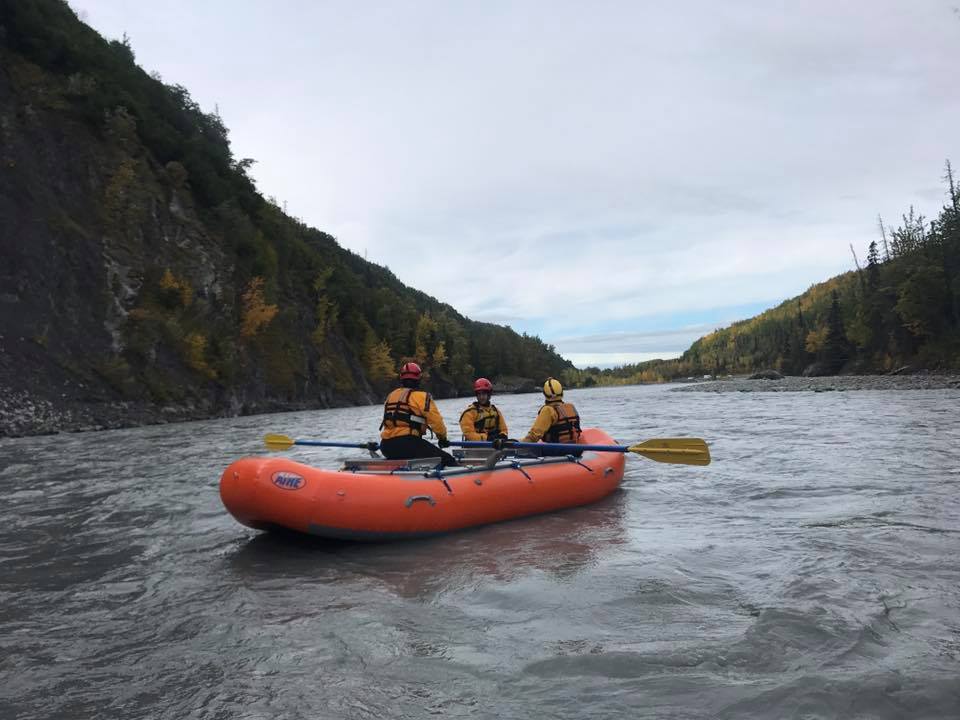
Ultimately, the ROV offers a safer, faster, and more accurate method for underwater search and recovery, improving both outcomes and working conditions for SAR teams.
A comprehensive overview to help you find the ideal ROV for your next mission. Learn about the benefits of using Deep Trekker's robots for search and recovery.
Based near Wasilla, Alaska, the Mat-Su Borough Water Rescue Team is responsible for emergency water operations in an area larger than many U.S. states. Their team of 25 includes certified divers, swiftwater technicians, and ice rescue personnel. The team continues to advance its capabilities with modern tools like ROVs to meet the challenges of their unique operating environment.
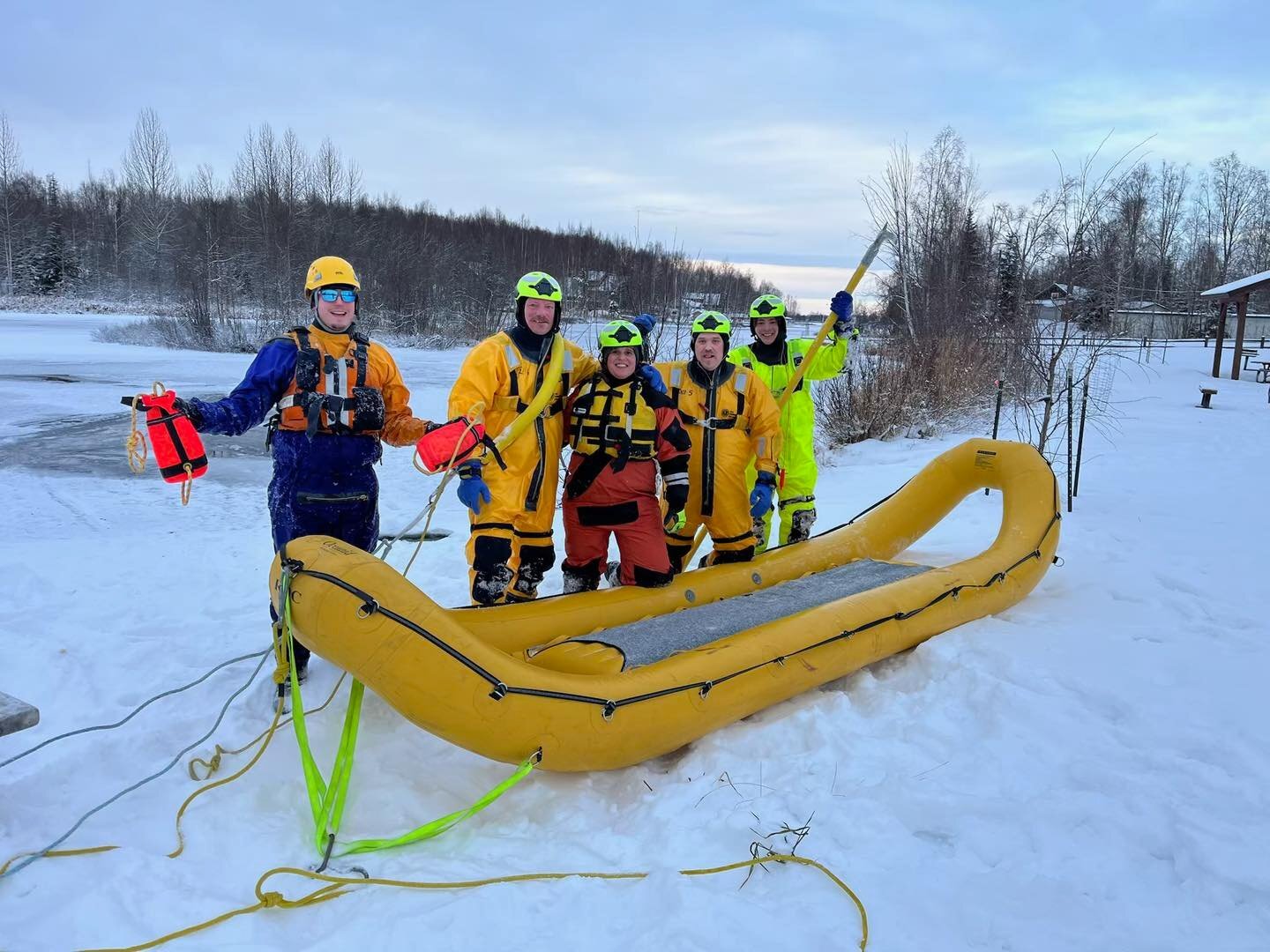
Our team consists of highly skilled professionals with extensive industry experience, dedicated to assisting you in integrating submersible robots into your operations seamlessly. Whether your project involves search and recovery missions, pipeline and infrastructure inspections, water tank maintenance, salvage operations, underwater surveys, aquaculture operations, environmental monitoring, marine research, or other specialized applications, we are equipped to cater to your unique requirements and objectives effectively using our state-of-the-art underwater ROV solutions

To learn more about how Deep Trekker ROVs are used in public safety, visit our website or contact us.
November 3rd, 2025
At REPMUS 2025, Deep Trekker’s ROVs validated real-world mine countermeasure capabilities...
July 5th, 2025
Deep Trekker’s new Tampa facility brings faster ROV repairs, in-stock parts,...
June 11th, 2025
Equipped with sonar and DVL, Deep Trekker ROVs are helping SES...